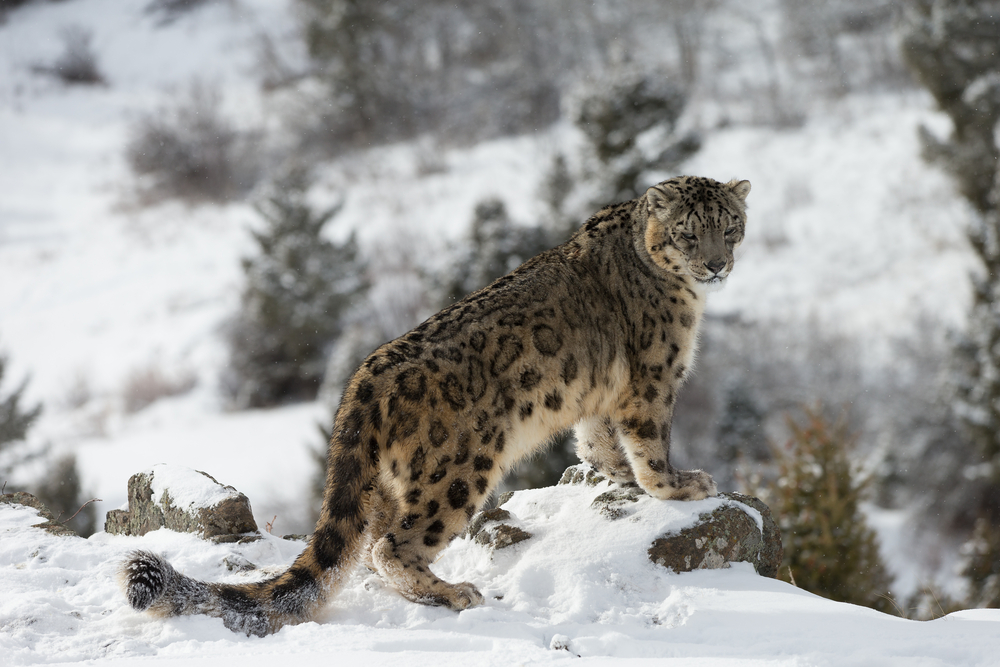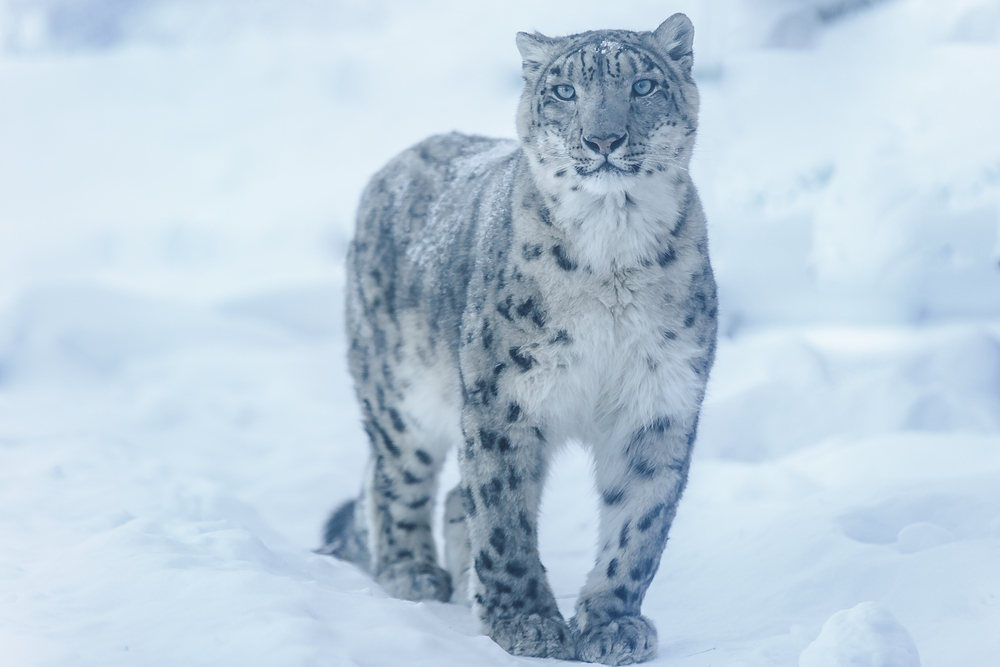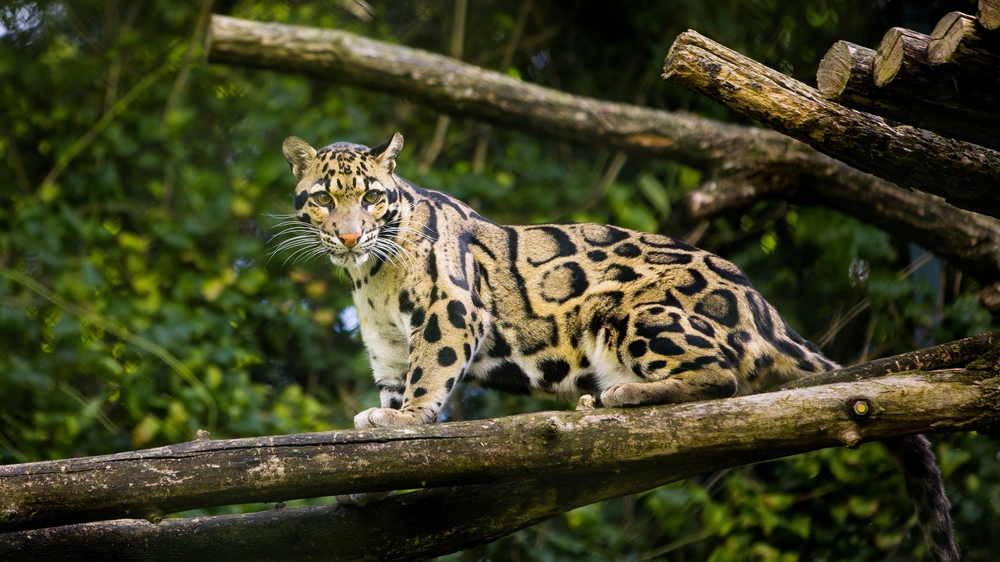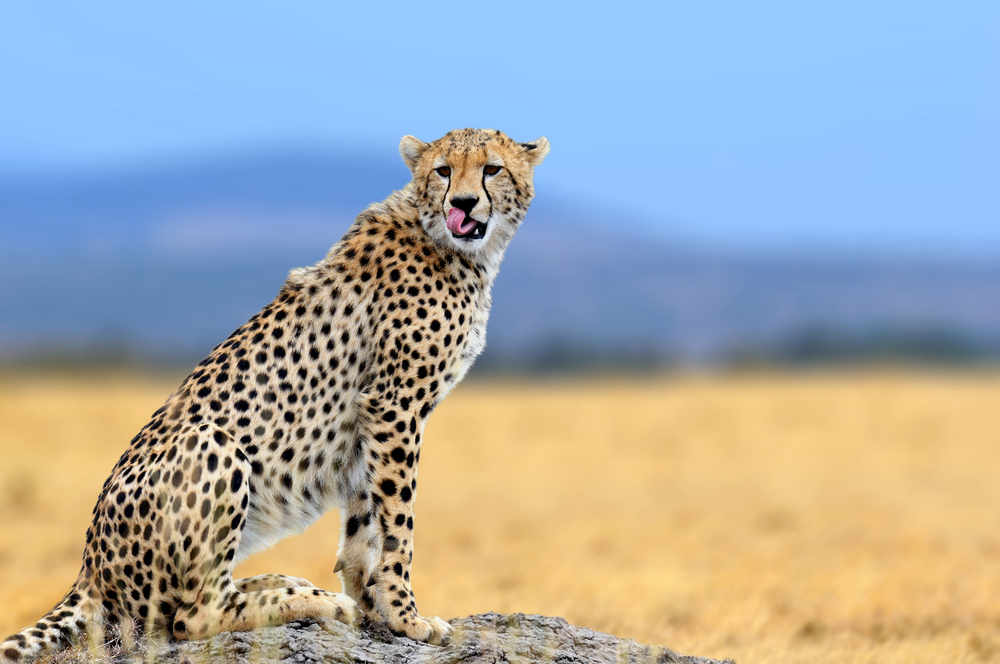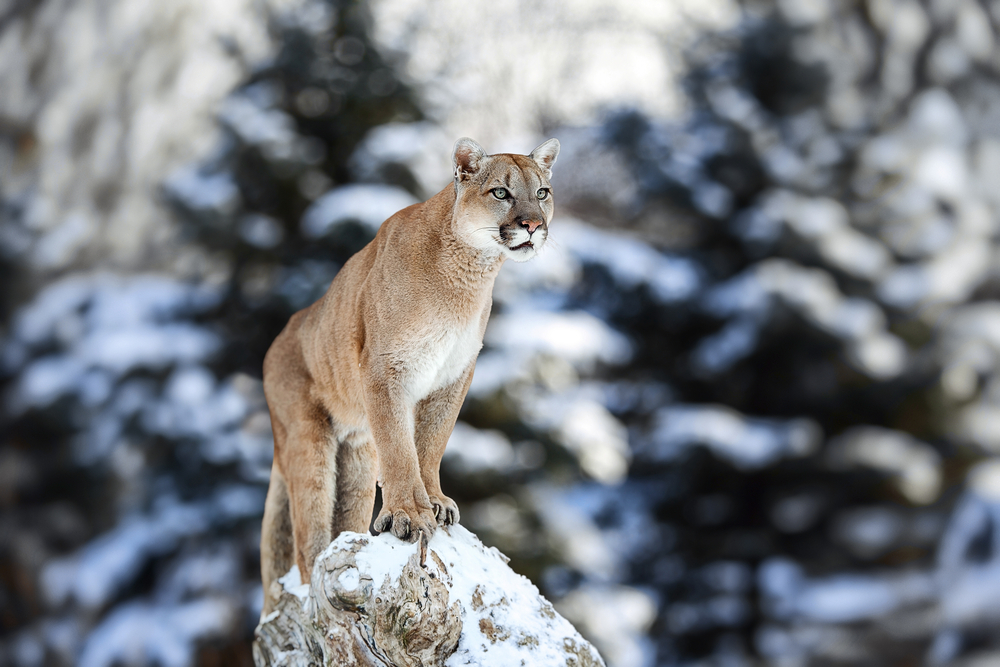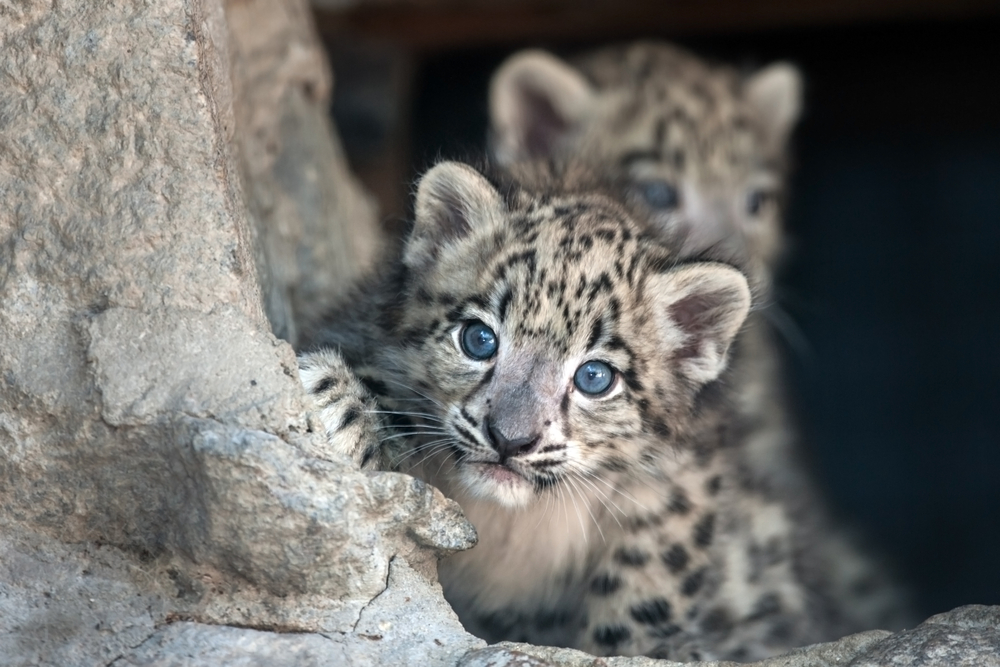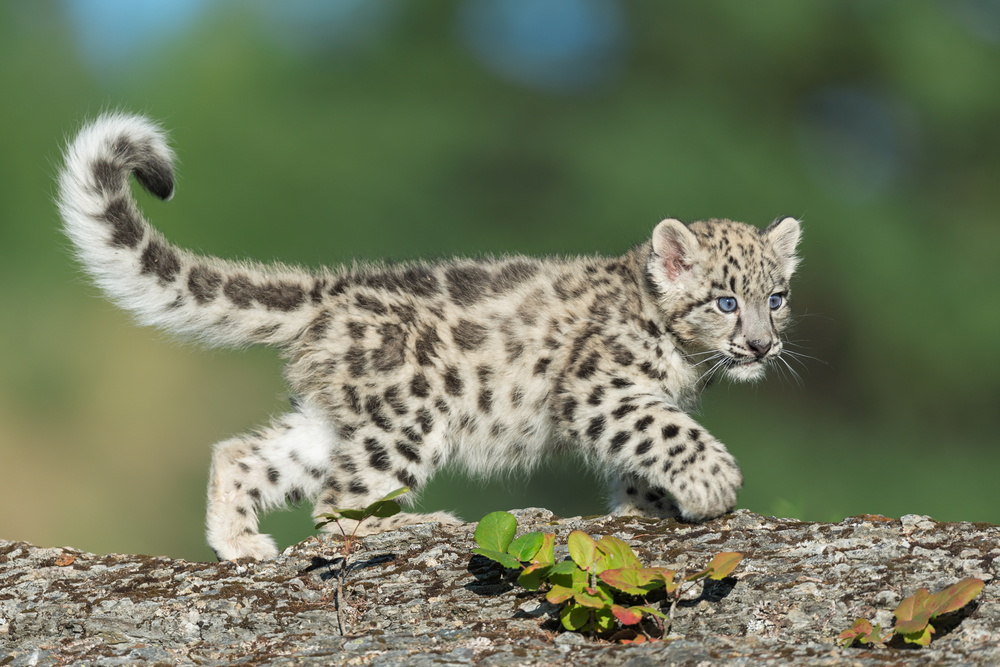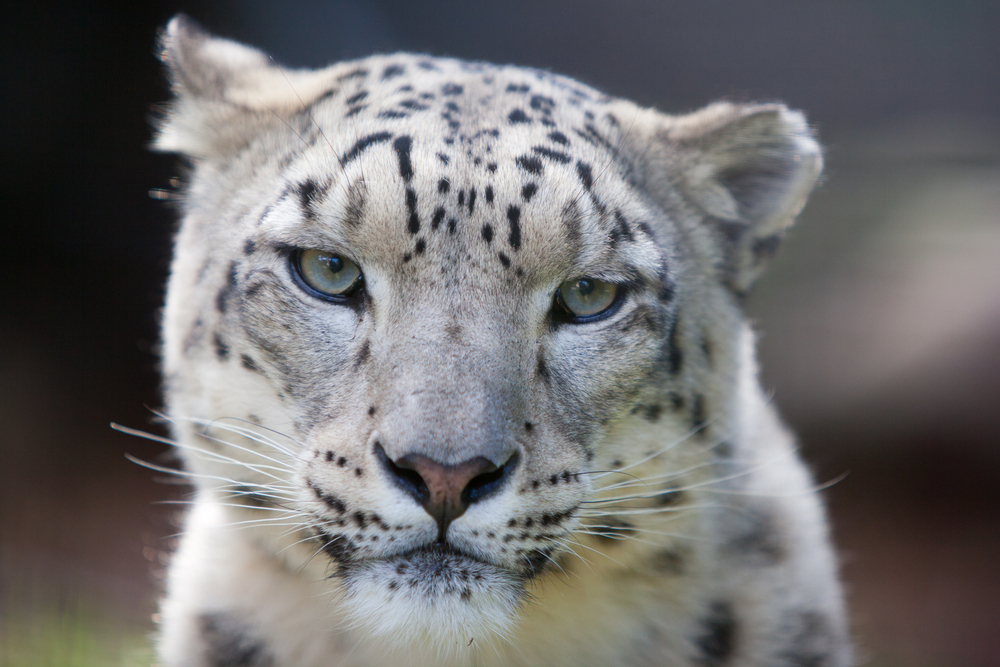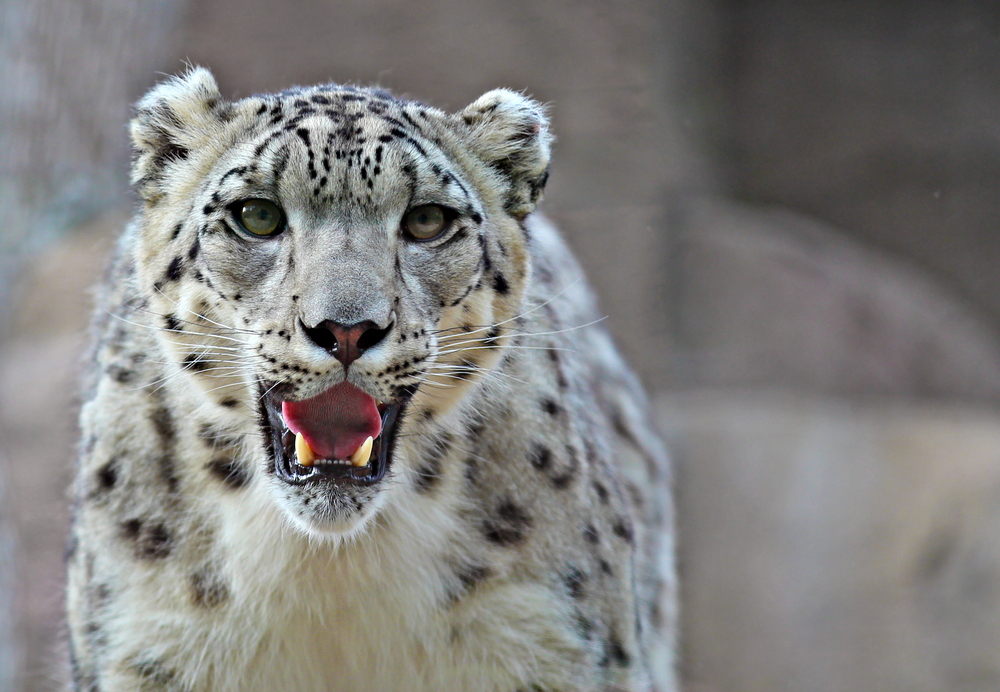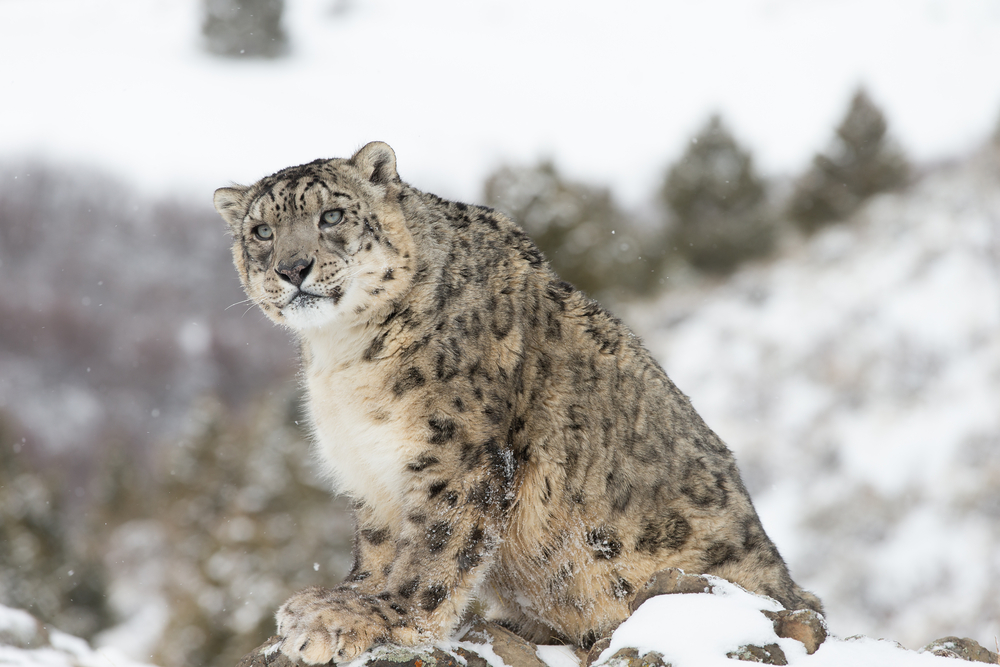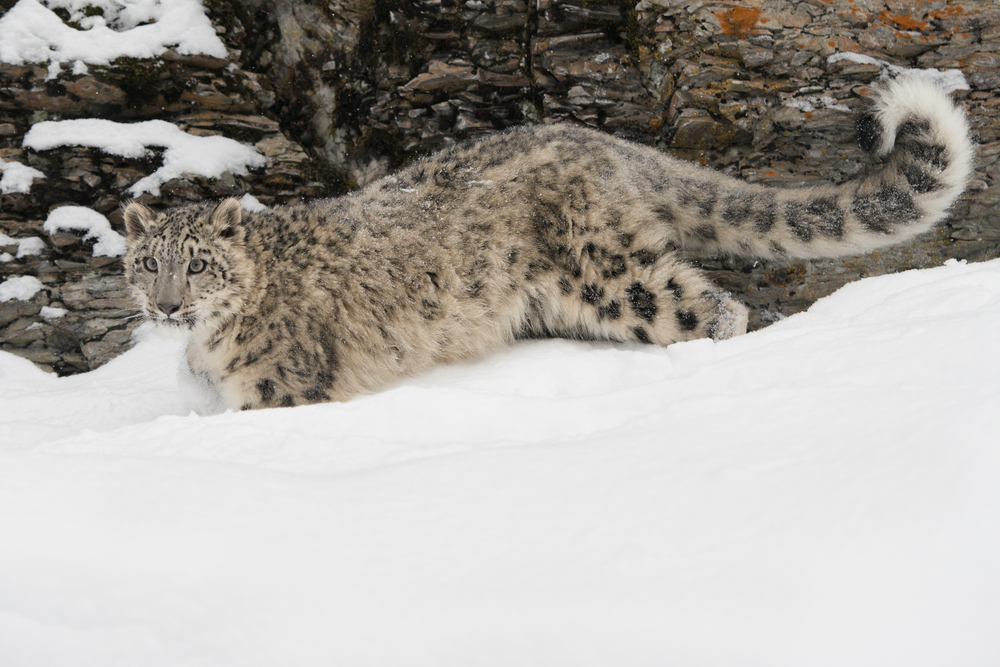Snow Leopards (Panthera uncia) and Leopards (Panthera pardus) are distinct big cat species with several differences in terms of their appearance, habitat, behavior, and range:
- Species:
- Snow Leopard: Snow Leopards belong to the species Panthera uncia and are known for their high-altitude, cold mountain habitat. They are adapted to the mountainous regions of Central and South Asia.
- Leopard: Leopards belong to the species Panthera pardus and have a much broader distribution. They can be found in various habitats, including grasslands, forests, and mountains, across Africa and parts of Asia.
- Physical Appearance:
- Snow Leopard: Snow Leopards have a thick, pale fur coat with rosettes (rose-shaped spots) that provide camouflage in snowy and rocky terrain. They have a distinctive “tear track” pattern of white fur under their eyes.
- Leopard: Leopards have a golden-yellow coat with rosettes on their body, and their fur does not have the same snowy or mountainous camouflage pattern as Snow Leopards. Leopards may also exhibit melanism, resulting in black individuals known as black panthers.
- Habitat:
- Snow Leopard: Snow Leopards are specialized for high-altitude mountain habitats, typically found in regions with elevations ranging from 3,000 to 5,500 meters (9,800 to 18,000 feet) above sea level.
- Leopard: Leopards are highly adaptable and inhabit a wide range of environments, including grasslands, savannas, woodlands, and mountains. They can live at various elevations.
- Behavior:
- Snow Leopard: Snow Leopards are solitary by nature and have a crepuscular (active during dawn and dusk) hunting behavior. They are known for their elusive and shy nature.
- Leopard: Leopards are also solitary but can have varying activity patterns. Some are nocturnal, others are diurnal, and some are crepuscular, depending on their habitat and local conditions.
- Range:
- Snow Leopard: Snow Leopards are found in the mountainous regions of Central and South Asia, including countries like India, Nepal, Bhutan, China, Mongolia, and parts of Russia.
- Leopard: Leopards have a wider distribution, with populations in Africa and parts of Asia, including India, Sri Lanka, Southeast Asia, and the Middle East.
While both Snow Leopards and Leopards belong to the same genus Panthera and share some common characteristics as big cats, they have evolved distinct adaptations to their respective environments, making them unique and specialized predators.



































































